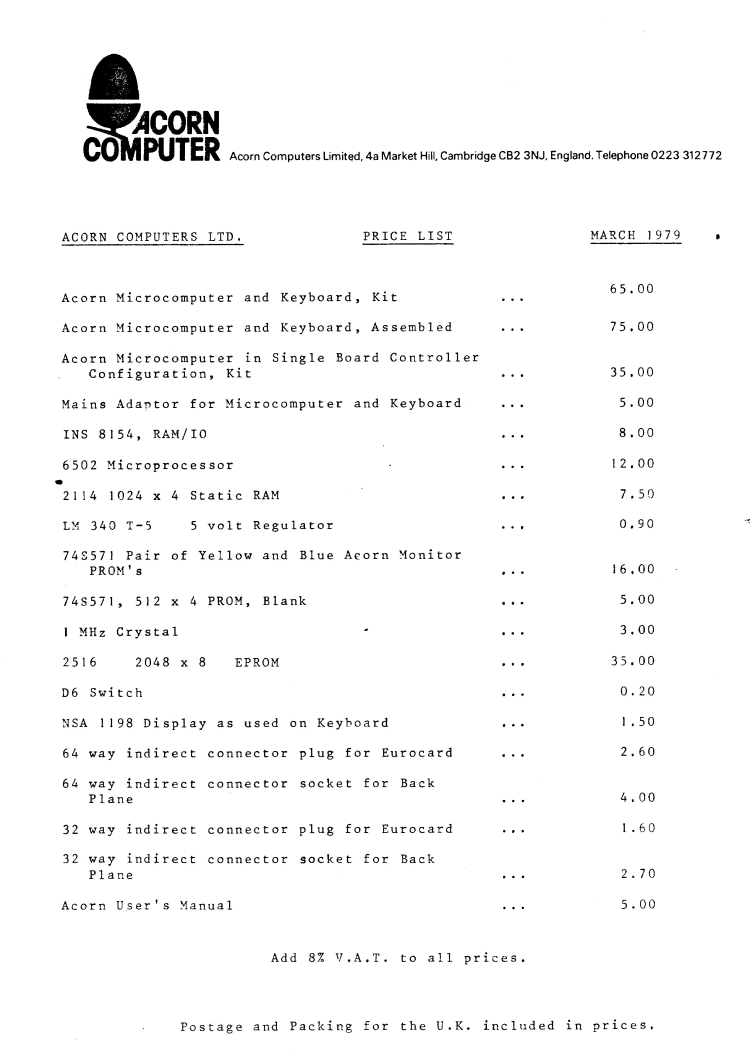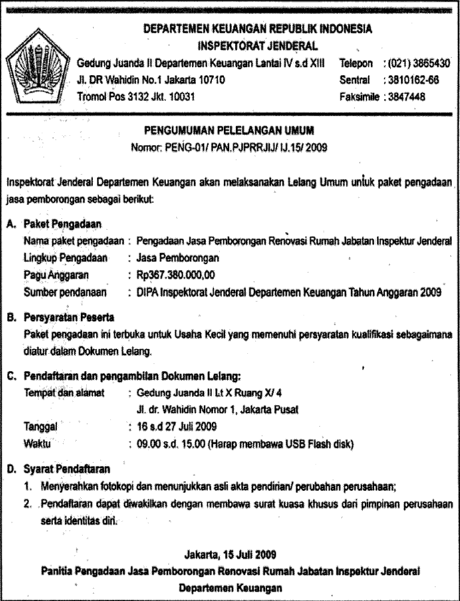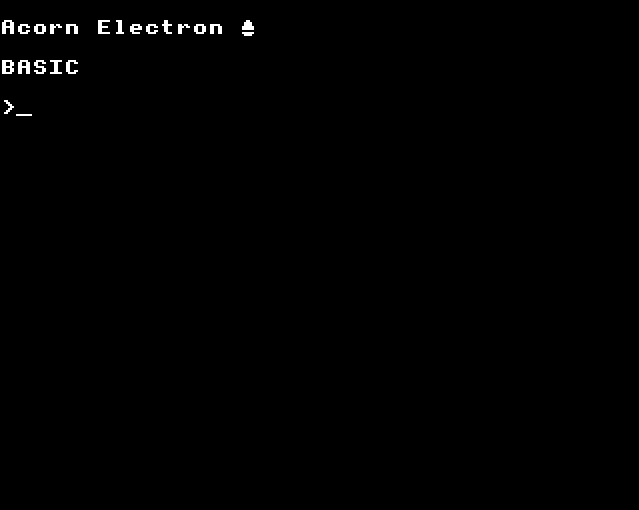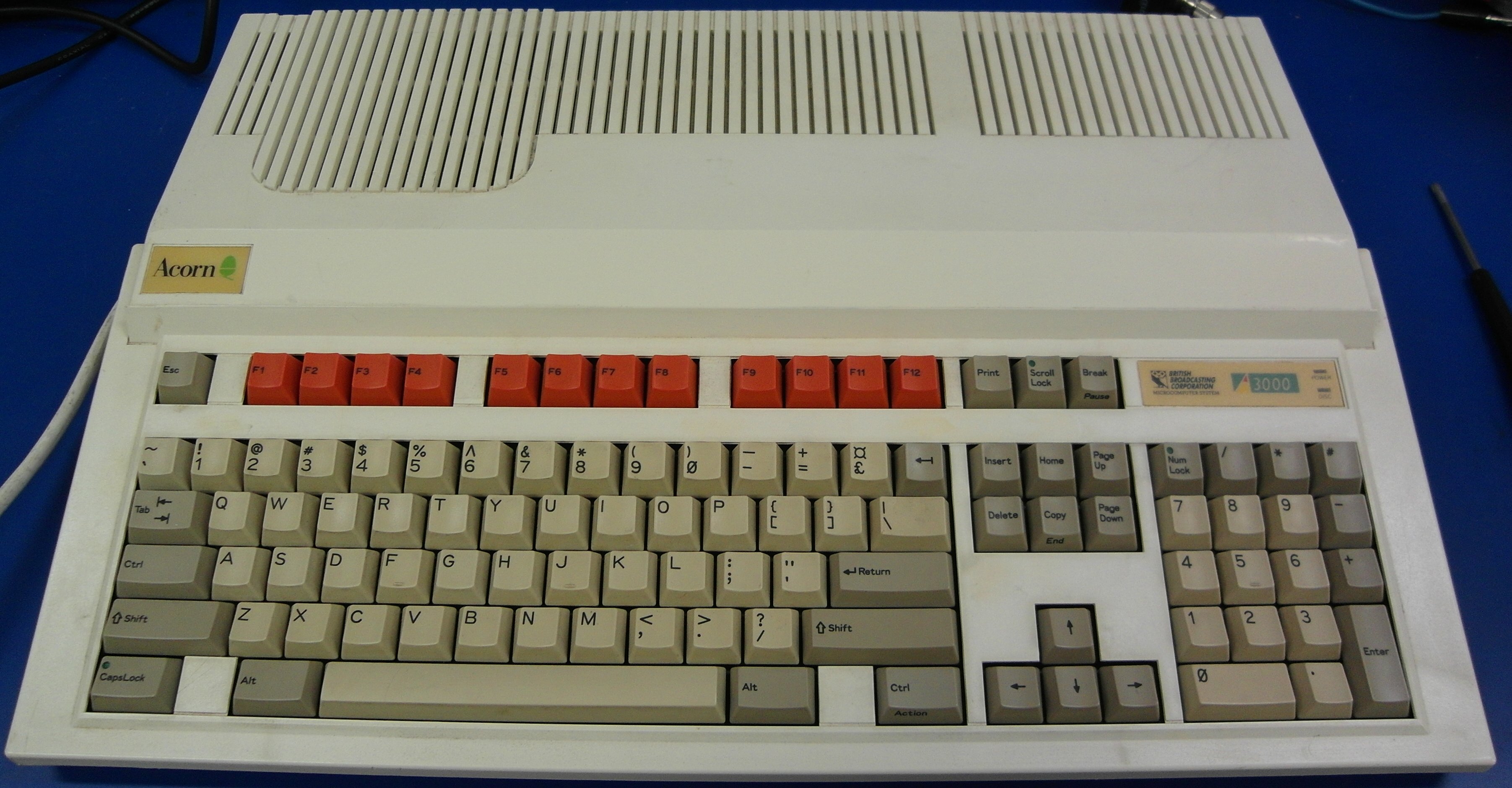|
BBC B
The British Broadcasting Corporation Microcomputer System, or BBC Micro, is a series of microcomputers and associated peripherals designed and built by Acorn Computers in the 1980s for the BBC Computer Literacy Project. Designed with an emphasis on education, it was notable for its ruggedness, expandability, and the quality of its operating system. An accompanying 1982 television series, ''The Computer Programme'', featuring Chris Serle learning to use the machine, was broadcast on BBC Two, BBC2. After the Literacy Project's call for bids for a computer to accompany the television, TV programmes and literature, Acorn won the contract with the ''Proton'', a successor of its Acorn Atom, Atom computer prototyped at short notice. Renamed the BBC Micro, the system was adopted by most schools in the United Kingdom, changing Acorn's fortunes. It was also successful as a home computer in the UK, despite its high cost. Acorn later employed the machine to simulate and develop the ARM arch ... [...More Info...] [...Related Items...] OR: [Wikipedia] [Google] [Baidu] |
Acorn Computers
Acorn Computers Ltd. was a British computer company established in Cambridge, England, in 1978. The company produced a number of computers which were especially popular in the United Kingdom, UK, including the Acorn Electron and the Acorn Archimedes. Acorn's computer dominated the UK educational computer market during the 1980s. Though the company was acquired and largely dismantled in early 1999, with various activities being dispersed amongst new and established companies, its legacy includes the development of reduced instruction set computing (RISC) personal computers. One of its operating systems, , continues to be developed by RISC OS Open. Some activities established by Acorn lived on: technology developed by Arm (company), Arm, created by Acorn as a joint venture with Apple, Inc., Apple and VLSI Technology, VLSI in 1990, is dominant in the mobile phone and personal digital assistant (PDA) microprocessor market. Acorn is sometimes referred to as the "British Apple" and ... [...More Info...] [...Related Items...] OR: [Wikipedia] [Google] [Baidu] |
Texas Instruments LPC Speech Chips
The Texas Instruments LPC Speech Chips are a series of speech synthesizer digital signal processor integrated circuits created by Texas Instruments beginning in 1978. They continued to be developed and marketed for many years, though the speech department moved around several times within TI until finally dissolving in late 2001. The rights to the speech-specific subset of the MSP line, the last remaining line of TI speech products as of 2001, were sold to Sensory, Inc. in October 2001.ftp://anonymous@ftp.whtech.com/pc%20utilities/qboxpro.zip Theory Speech data is stored through pitch-excited linear predictive coding (PE-LPC), where words are created by a lattice filter, selectably fed by either an excitation ROM (containing a glottal pulse waveform) or an LFSR (linear feedback shift register) noise generator. Linear predictive coding achieves a vast reduction in data volume needed to recreate intelligible speech data. History The TMC0280/TMS5100 was the first self-contained LPC ... [...More Info...] [...Related Items...] OR: [Wikipedia] [Google] [Baidu] |
Television
Television, sometimes shortened to TV, is a telecommunication medium for transmitting moving images and sound. The term can refer to a television set, or the medium of television transmission. Television is a mass medium for advertising, entertainment, news, and sports. Television became available in crude experimental forms in the late 1920s, but only after several years of further development was the new technology marketed to consumers. After World War II, an improved form of black-and-white television broadcasting became popular in the United Kingdom and the United States, and television sets became commonplace in homes, businesses, and institutions. During the 1950s, television was the primary medium for influencing public opinion.Diggs-Brown, Barbara (2011''Strategic Public Relations: Audience Focused Practice''p. 48 In the mid-1960s, color broadcasting was introduced in the U.S. and most other developed countries. The availability of various types of archival st ... [...More Info...] [...Related Items...] OR: [Wikipedia] [Google] [Baidu] |
Call For Bids
An invitation to tender (ITT, otherwise known as a call for bids or a request for tenders) is a formal, structured procedure for generating competing offers from different potential suppliers or contractors looking to obtain an award of business activity in works, supply, or service contracts, often from companies who have been previously assessed for suitability by means of a supplier questionnaire (SQ) or pre-qualification questionnaire (PQQ). The term "notice inviting tenders" (NIT) is often used in purchasing in India. An ITT differs from a request for quotation (RFQ) or a request for proposal (RFP), in which case other reasons (technology used, quality) might cause or allow choice of the second best offer. An RFP is a request for a price from a buyer but the buyer would also expect suggestions and ideas on how the project work should be done. RFPs are thus focused on more than just pricing/cost, they entail a bit of consulting from the contractor or vendor. The closest equi ... [...More Info...] [...Related Items...] OR: [Wikipedia] [Google] [Baidu] |
BBC Two
BBC Two is a British free-to-air public broadcast television network owned and operated by the BBC. It covers a wide range of subject matter, with a remit "to broadcast programmes of depth and substance" in contrast to the more mainstream and popular BBC One. Like the BBC's other domestic TV and radio channels, it is funded by the television licence, and is therefore free of commercial advertising. It is a comparatively well-funded public-service network, regularly attaining a much higher audience share than most public-service networks worldwide. Originally styled BBC2, it was the third British television station to be launched (starting on 21 April 1964), and from 1 July 1967, Europe's first television channel to broadcast regularly in colour. It was envisaged as a home for less mainstream and more ambitious programming, and while this tendency has continued to date, most special-interest programmes of a kind previously broadcast on BBC Two, for example the BBC Proms, no ... [...More Info...] [...Related Items...] OR: [Wikipedia] [Google] [Baidu] |
Chris Serle
Christopher Richard Serle (born 13 July 1943 in Bristol, England) is a former BBC TV presenter, reporter and actor. Biography Serle was educated at Clifton College and Trinity College, Dublin, where he studied modern languages. He appeared as a foil for Irish comedian Dave Allen in his series ''Dave Allen at Large'' in 1971, but gained greater UK public recognition as one of the presenters on the TV series ''That's Life!''. He later presented and appeared in ''In at the Deep End'', a series in which he, and fellow former ''That's Life!'' presenter Paul Heiney, were pitched into professional situations with no prior knowledge. In the 1980s, he presented ''Windmill'' in which clips from the BBC archives on particular themes were shown (so called as the then base for BBC archives was in Windmill Road, Brentford). He also presented the viewer-response show '' Points of View'', ''The Computer Programme'', and '' Monkey Business''. On radio, he was the regular host of '' Pick of th ... [...More Info...] [...Related Items...] OR: [Wikipedia] [Google] [Baidu] |
The Computer Programme
''The Computer Programme'' is a TV series, produced by Paul Kriwaczek, originally broadcast by the BBC (on BBC 2) in 1982. The idea behind the series was to introduce people to computers and show them what they were capable of. The BBC wanted to use their own computer, so the BBC Micro was developed as part of the '' BBC Computer Literacy Project'', and was featured in this series. The series was successful enough for two series to follow it, namely '' Making the Most of the Micro'' in 1983 and '' Micro Live'' from 1984 until 1987. Presenters The two studio presenters were Ian McNaught-Davis (known as 'Mac') and Chris Serle, the former showing the latter some of the rudimentary basics of computer operation and BASIC programming. The 'on location' reporter was Gill Nevill. The studio made heavy use of the new BBC Micro, which had recently been launched. Production Filming of the series took place in October 1981, before Acorn had fully completed the development and producti ... [...More Info...] [...Related Items...] OR: [Wikipedia] [Google] [Baidu] |
Operating System
An operating system (OS) is system software that manages computer hardware, software resources, and provides common services for computer programs. Time-sharing operating systems schedule tasks for efficient use of the system and may also include accounting software for cost allocation of processor time, mass storage, printing, and other resources. For hardware functions such as input and output and memory allocation, the operating system acts as an intermediary between programs and the computer hardware, although the application code is usually executed directly by the hardware and frequently makes system calls to an OS function or is interrupted by it. Operating systems are found on many devices that contain a computer from cellular phones and video game consoles to web servers and supercomputers. The dominant general-purpose personal computer operating system is Microsoft Windows with a market share of around 74.99%. macOS by Apple Inc. is in second place (14.84%), and ... [...More Info...] [...Related Items...] OR: [Wikipedia] [Google] [Baidu] |
Microcomputer
A microcomputer is a small, relatively inexpensive computer having a central processing unit (CPU) made out of a microprocessor. The computer also includes memory and input/output (I/O) circuitry together mounted on a printed circuit board (PCB). Microcomputers became popular in the 1970s and 1980s with the advent of increasingly powerful microprocessors. The predecessors to these computers, mainframes and minicomputers, were comparatively much larger and more expensive (though indeed present-day mainframes such as the IBM System z machines use one or more custom microprocessors as their CPUs). Many microcomputers (when equipped with a keyboard and screen for input and output) are also personal computers (in the generic sense). An early use of the term ''personal computer'' in 1962 predates microprocessor-based designs. ''(See "Personal Computer: Computers at Companies" reference below)''. A ''microcomputer'' used as an embedded control system may have no human-readable input ... [...More Info...] [...Related Items...] OR: [Wikipedia] [Google] [Baidu] |
Acorn Electron
The Acorn Electron (nicknamed the Elk inside Acorn and beyond) was a lower-cost alternative to the BBC Micro educational/ home computer, also developed by Acorn Computers Ltd, to provide many of the features of that more expensive machine at a price more competitive with that of the ZX Spectrum. It had 32 kilobytes of RAM, and its ROM included BBC BASIC II together with the operating system. Announced in 1982 for a possible release the same year, it was eventually introduced on 25 August 1983 priced at £199. The Electron was able to save and load programs onto audio cassette via a supplied cable that connected it to any standard tape recorder that had the correct sockets. It was capable of bitmapped graphics, and could use either a television set, a colour (RGB) monitor or a monochrome monitor as its display. Several expansions were made available to provide many of the capabilities omitted from the BBC Micro. Acorn introduced a general-purpose expansion unit, the Plus 1, off ... [...More Info...] [...Related Items...] OR: [Wikipedia] [Google] [Baidu] |
Acorn Archimedes
Acorn Archimedes is a family of personal computers designed by Acorn Computers of Cambridge, Cambridge, England. The systems are based on Acorn's own ARM architecture processors and the proprietary operating systems Arthur and RISC OS. The first models were introduced in 1987, and systems in the Archimedes family were sold until the mid-1990s. ARM's Reduced instruction set computer, RISC design, a 32-bit CPU (using 26-bit addressing), running at 8 Hertz, MHz, was stated as achieving 4.5+ Million instructions per second, MIPS, which provided a significant upgrade from 8-bit home computers, such as Acorn's previous machines. Claims of being the fastest micro in the world and running at 18 MIPS were also made during tests. Two of the first models—the A305 and A310—were given the BBC branding, with BBC Worldwide, BBC Enterprises regarding the machines as "a continuing part of the original computer literacy project". Dissatisfaction with the branding arrangement was ... [...More Info...] [...Related Items...] OR: [Wikipedia] [Google] [Baidu] |
Acorn Atom
The Acorn Atom is a home computer made by Acorn Computers Ltd from 1980 to 1982, when it was replaced by the BBC Micro. The Micro began life as an upgrade to the Atom, originally known as the Proton. The Atom was a progression of the MOS Technology 6502-based machines that the company had been making from 1979. The Atom was a cut-down Acorn System 3 without a disk drive but with an integral keyboard and cassette tape interface, sold in either kit or complete form. In 1980 it was priced between £120 in kit form, £170 () ready assembled, to over £200 for the fully expanded version with 12 KB of RAM and the floating-point extension ROM. Hardware The minimum Atom had 2 KB of RAM and 8 KB of ROM, with the maximum specification machine having 12 KB of each. An additional floating-point ROM was also available. The 2 KB of RAM was divided between 1 KB of Block Zero RAM (including the 256 bytes of " zero page") and 512 bytes for the screen (text ... [...More Info...] [...Related Items...] OR: [Wikipedia] [Google] [Baidu] |







